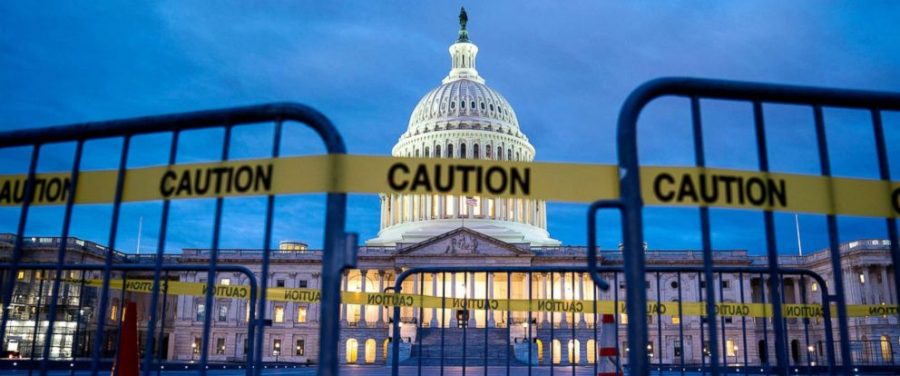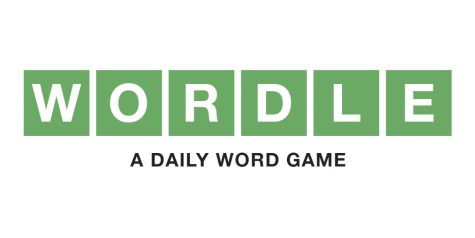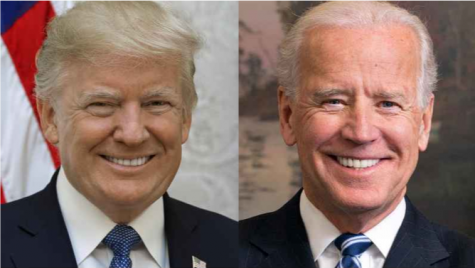The Government Shutdown: It’s More Impactful Than You Think
Sorry Folks, America’s (Partially) Closed!
At midnight on Saturday, December 22, 2018, the United States Federal Government was partially shut down. The shutdown was because Congress would not agree to pay for President Trump’s 5.7-billion-dollar request to build a wall and increase border security. January 11, 2019 is day 21 of this partial government shutdown. The longest government shutdown in U.S. history was 21 days lasting from December 16, 1995 to January 6, 1996. As a result of the shutdown, more than 800,000 federal employees “are on the verge of missing their first paycheck” – reported by ABC News. This has resulted in many TSA officers calling in sick because they are not being paid which has consequently led to long lines and backups at airports. Many families are also suffering because they do not know when their next paycheck is going to arrive and that means mortgage payments and rents, car payments, and other basic living expenses are not being paid.
You may be wondering- what does a partial government shutdown mean as opposed to a complete government shutdown? There is no such thing as a complete government shutdown, because, even if the government is shut down, 75 percent of the government remains open. This is due to legislature signed in 1974 that created the House Budget Committee. Congress was reasserting its’ budget authority after presidents wanted more authority over federal spending. Congress moved the federal government’s fiscal year to 3 months later than it originally was, allowing the president to still submit an annual budget but also allowing Congress to properly legislate federal spending.
Some agencies still need to be funded, though, including the Department of Homeland Security, the Department of Agriculture, the Department of Transportation, the Department of State and some independent agencies such as the National Park Service (NPS). Due to the government shutdown, the NPS has decided to “dip into entrance fee funds to pay for expanded operations during a government shutdown that has furloughed many of its workers”- obtained and reported by the Washington Post. The parks are now seeing trash piling up, and visitors are behaving irresponsibly as a result of a lack of staff.
The shutdown is taking a toll on the country’s economy as well. It is estimated that shutdowns cost 6.5 billion dollars per week. Which means that by Friday, we would have lost around 19.5 billion dollars. The money that is being lost is being spent to maintain the shutdown. The last major shutdown in 2013 cost 24 billion dollars- almost 1.5 billion dollars per day, according to S&P. If the government shutdown drags into February, the slowdown in government activity can cause businesses and consumers to stop spending because they are not getting paid.









